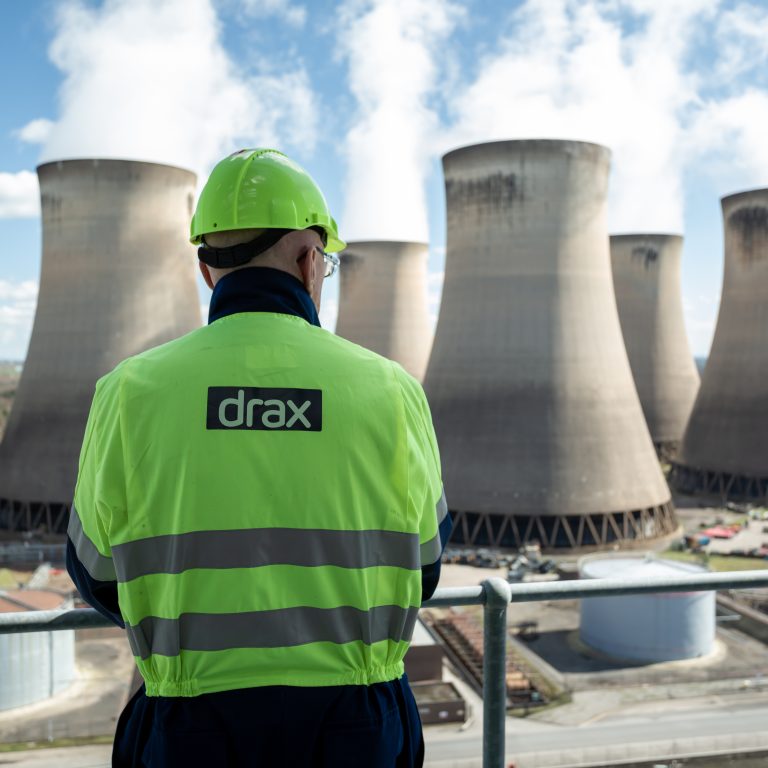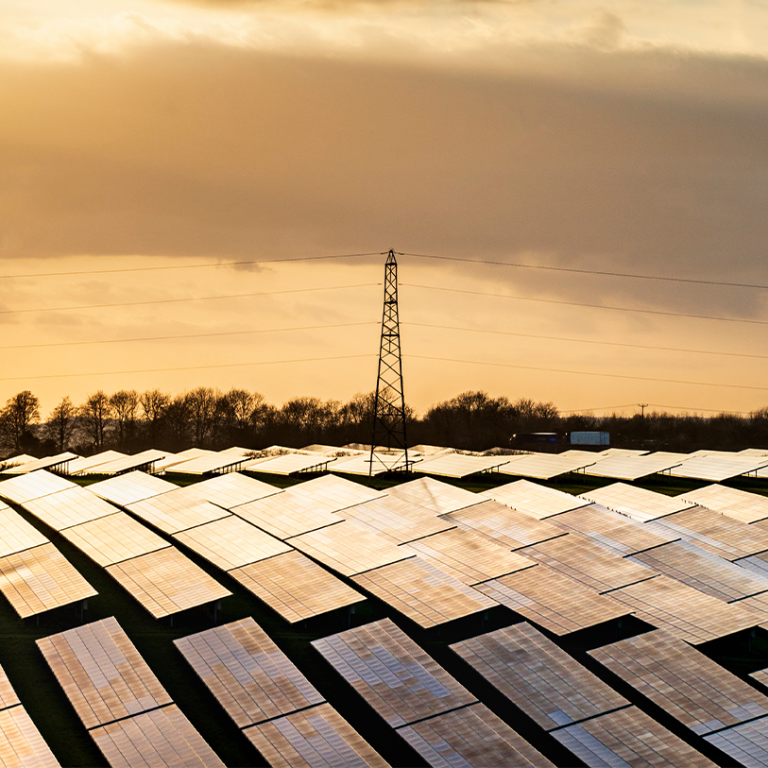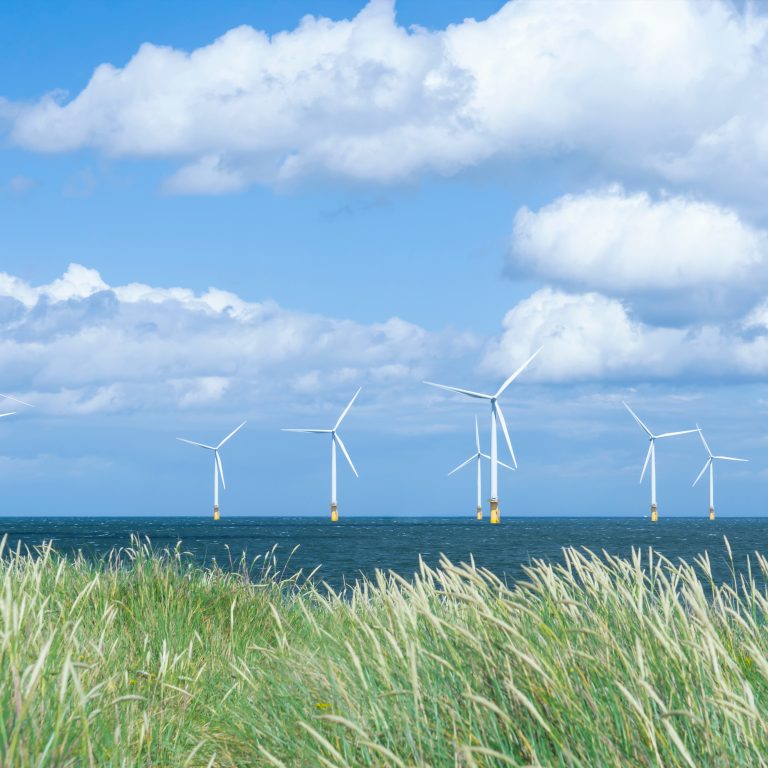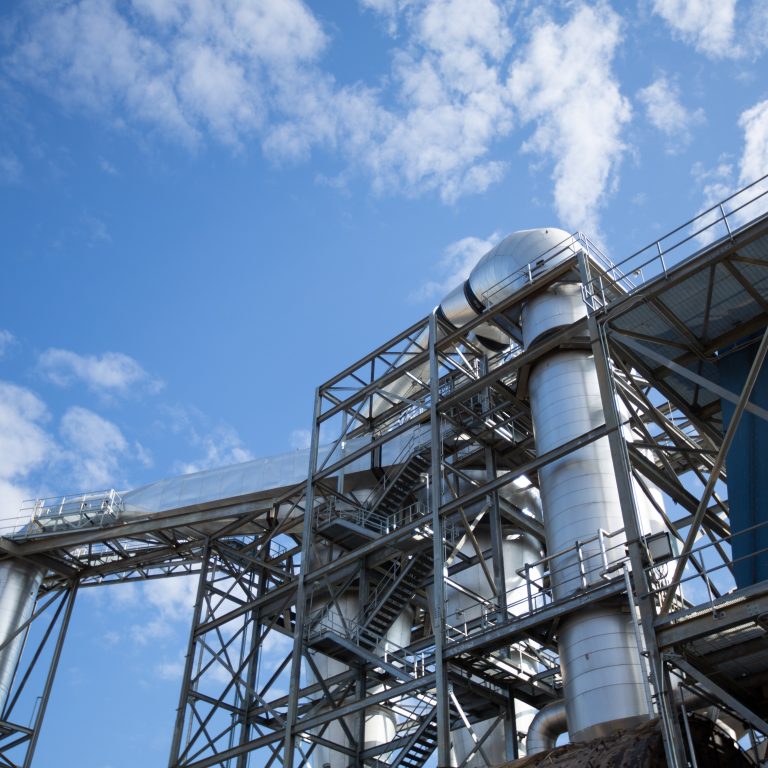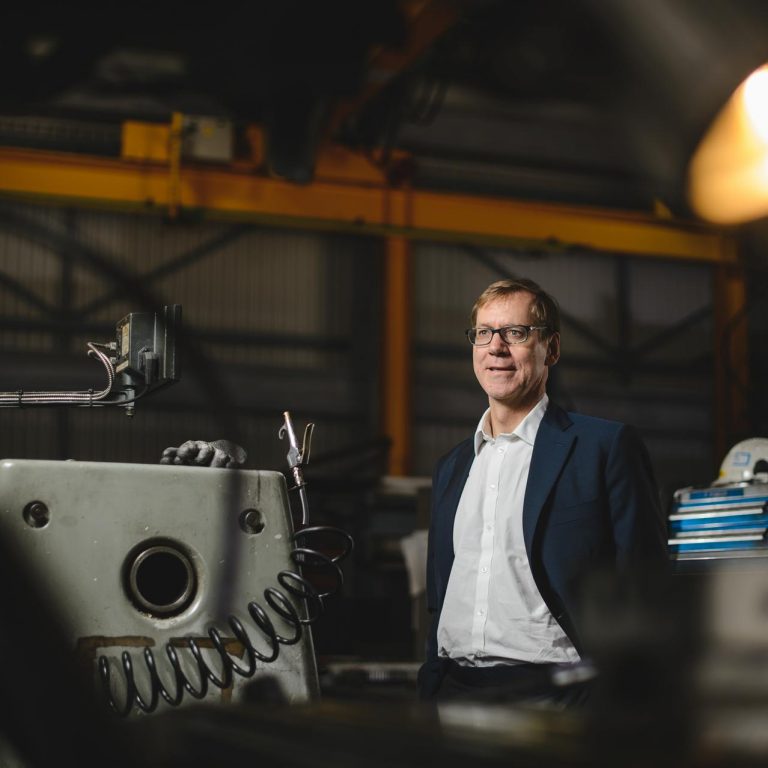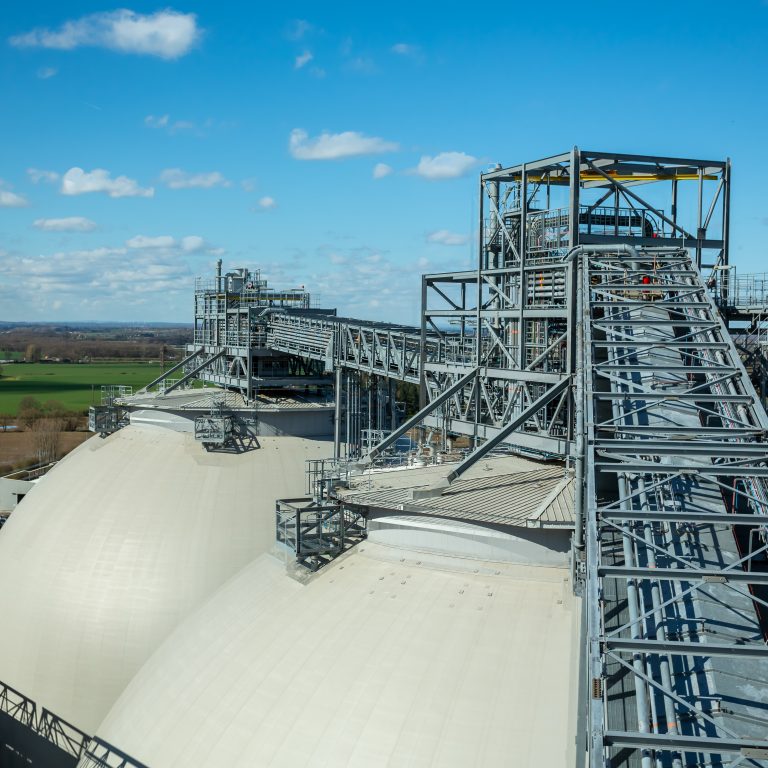As we head into the 2020s, it’s an exciting time for energy. A deeper level of climate consciousness has led to crucial changes in populations’ attitudes and thinking around how we power our lives – adapting to a new set of energy standards has become essential.
It’s also driving innovation in energy technology, leading to the rise of a number of emerging technologies designed to support the global energy transition in new ways. From domestic solar and wind generation, to leaps forward in recycling and aeroplane fuel, here are five new energy ideas in the 2020s pipeline.
Miniature turbines for your garden
Think of a wind farm and you might think of giant structures located in remote, windswept areas, but that’s quickly changing.
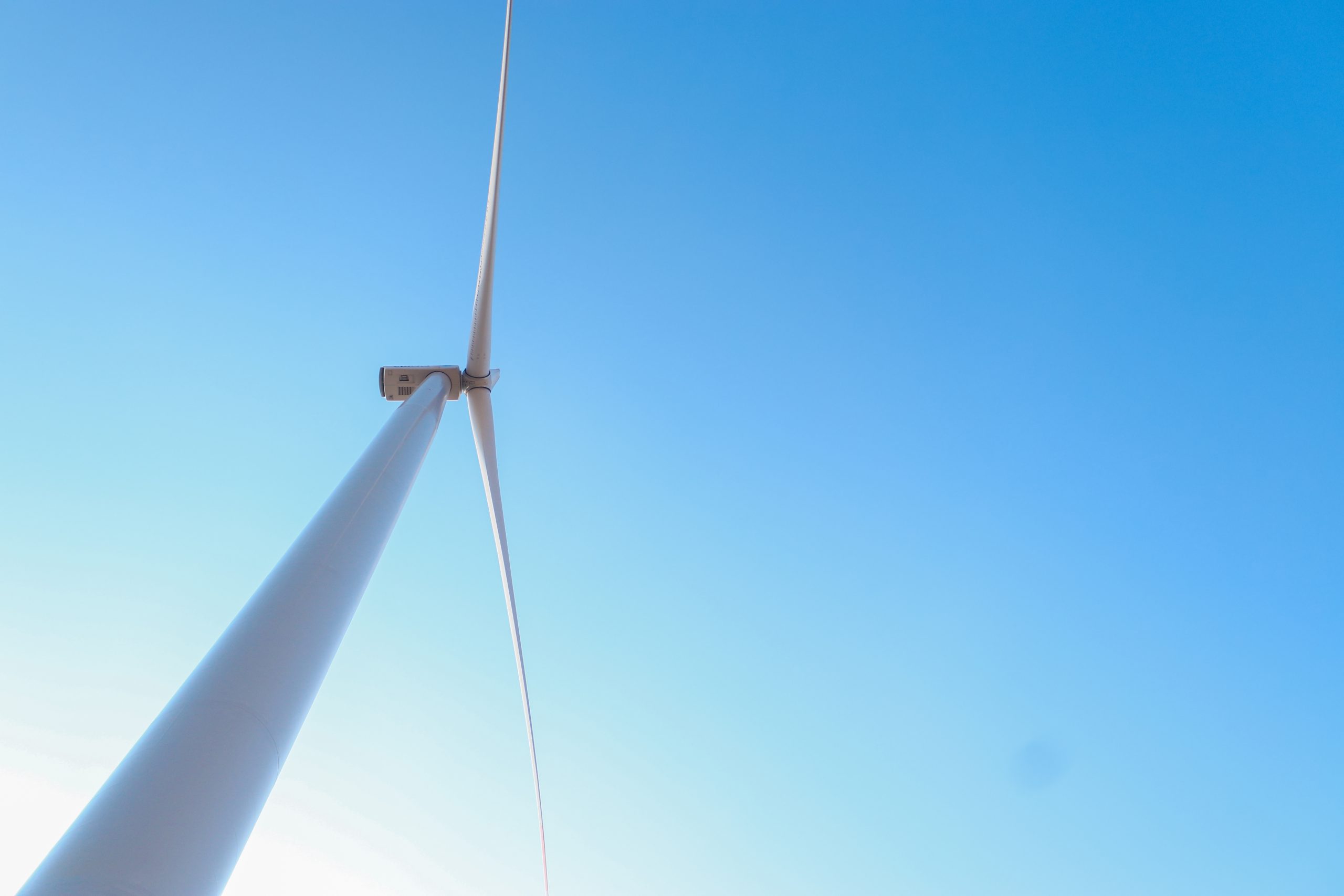
IceWind is developing residential wind turbines that use the same generator-principal as large-scale wind farms, just on a much smaller scale. A set of three outer and three inner vertical blades rotate when the wind passes through them, providing spinning mechanical energy that passes through the generator and is converted to electricity.
Constructed from durable stainless steel, carbon fibre and aluminium, the CW1000 model can handle wind speeds of up to 134 miles per hour. To ensure they’re fit for domestic use, the units are adapted to have a maximum height of just over 3 metres and make less than 40 decibels of noise – roughly equivalent to quiet conversation.
The Icelandic company says it aims to decentralise and democratise energy generation by making wind power accessible to people anywhere in the world.
Expanding solar to cover more surfaces
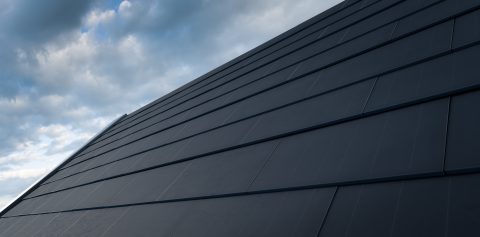
As solar technology becomes more widespread and easier to implement, more communities are turning to a prosumer approach and generating their own power.
Roof panels to date have been the most common way to domestically capture and convert rays, but Solecco is taking it a step further, offering solar roof tiles. These work in the same way as roof panels, using photovoltaic cells made of silicon to convert sunlight into electricity. But by covering more surface area, entire roofs can be used to generate solar energy, rather than single panels.
Environmental Street Furniture takes it a step further by bringing small scale solar generation into many aspects of the urban environment such as smart benches, rubbish bins, and solar lighting in green spaces. This opens up opportunities for powering cities, including incorporating charging stations and network connectivity, which in turn enables social power sharing.
Re-purposing plastic
Global recycling rates currently sit at approximately 18%, indicating there are still further steps to take in ensuring single-use products are eliminated.
Plastic is a major target in the war on disposal, and for good reason. By 2015, the world had produced over seven billion tonnes of plastic. Greenology is tackling this by harnessing a process called pyrolysis to turn plastic into power. By heating waste at a very high temperature without oxygen, the plastic is breaks down without combusting.

This process produces bio-oils, which can be used to create biofuels. The benefits of this innovative approach to waste are twofold: not only can plastic be repurposed, which minimises the lasting impact single-use plastic has on the planet, but the creation of biofuel offers a power source for everything from transport to generating electricity.
Storing heat for the home
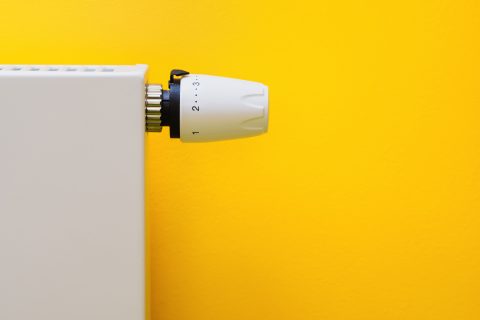
Decarbonising heating is one of the global challenges yet to have a clear answer. Pumped Heat Ltd (PHL) is developing a potential solution with its heat battery technology. The company has found a solution that enables its devices to charge up and store electricity during ‘off-peak’ hours (when electricity is at its cheapest) and then use this energy to generate heating and hot water for homes as it is required. As the grid continues to decarbonise, and as renewable power becomes cheaper and more accessible, the electricity used to charge these units will approach zero carbon content.
The heat battery technology utilises vacuum insulation, losing 10 times less heat than a conventional night storage heater. In contrast, air sourced heat pumps (a more commonly used type of heat pump), operate in real time when a home needs heating. They take water at its delivery temperature (which can be very cold, during the winter months) and heat it using electricity available at that time. Pumped Heat’s storage system instead ensures there is always heat available, maintaining a consistent temperature for hot water or central heating, rather than just when there is an excess of electricity.
The company claims the benefit of using a heat battery system is that it is cheaper than an oil or LPG boiler, in a world where renewable electricity production, both domestic and on a national level, is only set to increase.
Waste-powered planes
As some of the most fossil fuel-reliant industries in the world, travel and transport are actively seeking alternative and more sustainable ways to keep them powered in long run.

Velocys aims to do this using waste. The company is developing sustainable fuels for aviation and heavy goods transport, using the Fischer-Tropsch method of gasifying waste. This involves turning waste materials – such as domestic refuse and woody waste – into clean jet fuel using a catalytic chemical reaction, where synthesis gases (carbon monoxide and hydrogen) are converted into liquid hydrocarbons that can then be used for fuel.
Not only does this make use of waste products that could have ended up in landfill, but it produces much cleaner fuels, that emit less particle matter and harmful pollutants into the atmosphere.
As we enter a new decade of invention, the world is focusing on more sustainable alternatives to power our lives, and these innovative solutions to current environmental issues will continue to inspire creativity.












